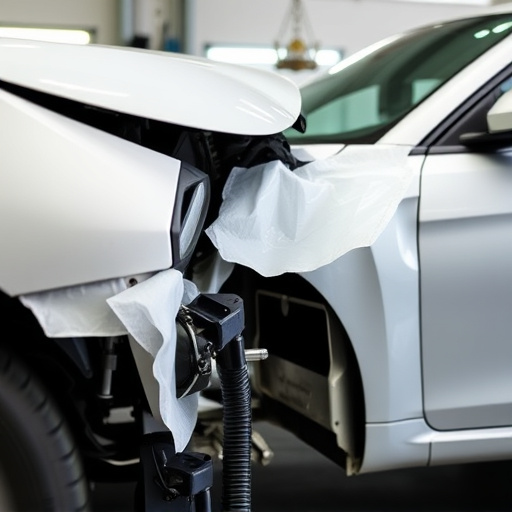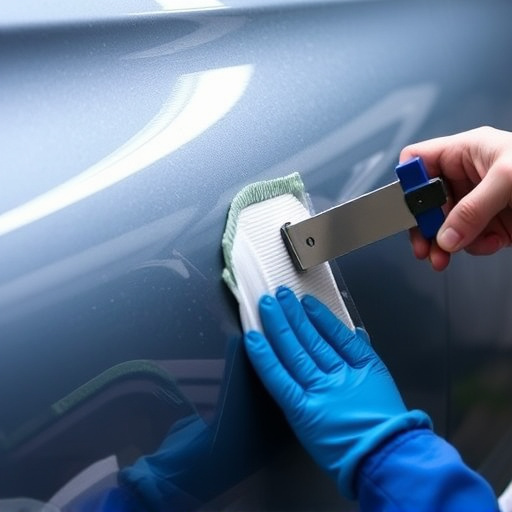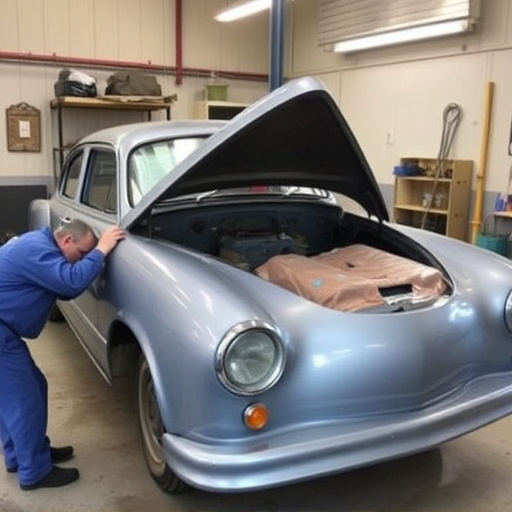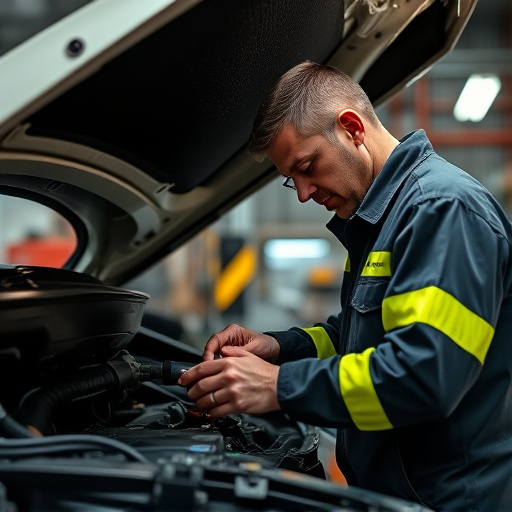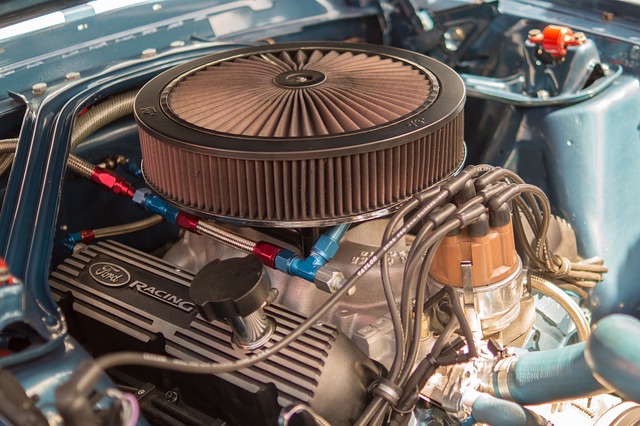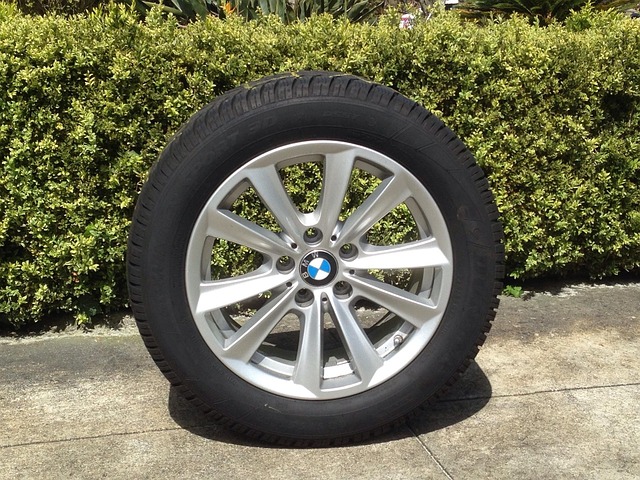The Direct Repair Program (DRP) is a collaborative network that simplifies and streamlines auto collision repairs after an accident. By facilitating communication between insurers, repair shops, and policyholders, DRP enhances efficiency, offers faster turnaround times, competitive pricing, guaranteed workmanship, and reduced out-of-pocket expenses for policyholders. Insurers benefit from improved cost control and loss management. While certified shops provide high-quality services, dealerships may offer personalized care and a wider choice outside DRP networks. DRPs are particularly beneficial for luxury car owners with extensive damages, providing dedicated customer service, tailored care, direct communication, and significant cost savings.
Is the Direct Repair Program (DRP) still a worthwhile option for vehicle owners? This article delves into the intricacies of DRPs, offering insights for informed decisions. We explore the fundamentals, weigh the pros and cons against dealership repairs, and analyze customer service and cost savings. Understanding these factors is crucial when considering whether a DRP aligns with your needs, especially in today’s competitive automotive landscape.
- Understanding the Direct Repair Program's Basics
- Advantages and Potential Drawbacks Compared to Dealerships
- Navigating Repairs: Customer Service and Cost Savings Analysis
Understanding the Direct Repair Program's Basics

The Direct Repair Program (DRP) is a network of auto collision centers that streamline the process for vehicle repairs after an accident. This program facilitates communication between insurance providers, repair shops, and policyholders to ensure efficient and effective auto repair services. The primary goal of DRP is to simplify the often complex process of claiming and repairing vehicles, offering several benefits to both insurers and customers.
Participating in a DRP means policyholders have access to trusted and qualified auto repair services. These centers are equipped to handle a wide range of repairs, including frame straightening, ensuring your vehicle is restored to its pre-accident condition. By choosing an auto collision center within the DRP network, drivers can benefit from faster turnaround times, guaranteed workmanship, and often reduced out-of-pocket expenses. This program’s structure allows for better cost control and loss management for insurance companies while providing peace of mind and convenience for vehicle owners.
Advantages and Potential Drawbacks Compared to Dealerships

The Direct Repair Program (DRP) offers several advantages for both consumers and collision repair shops. When you choose a DRP-certified shop for your vehicle’s autobody repairs, including dent removal or more complex collision repair, you can expect streamlined processes that often result in faster turnarounds and competitive pricing. These shops are equipped with the latest tools and training to ensure high-quality work, providing peace of mind during what can be a stressful experience.
However, while DRPs have their merits, there are potential drawbacks to consider. Dealerships, for instance, may offer additional services and benefits not included in the DRP network. Some customers prefer the convenience of having their vehicle repairs coordinated by a dealership that understands their car’s specific needs and can provide ongoing maintenance. Moreover, direct repair programs might have restrictions on where you can get your vehicle serviced, limiting choice and potentially affecting the availability of specialized collision repair shops or independent dent removal services.
Navigating Repairs: Customer Service and Cost Savings Analysis

The direct repair program (DRP) remains a compelling option for vehicle owners, especially those who drive luxury vehicles or have experienced significant damages like bumper repairs or car paint repairs. Navigating repairs through DRP offers several advantages that can make it worth your time and consideration. Firstly, it ensures dedicated customer service tailored to your specific needs, which is crucial when dealing with high-end vehicles that require meticulous care. The program often provides direct communication channels, allowing you to stay updated throughout the repair process.
Moreover, cost savings analysis plays a significant role in making DRP an attractive choice. By utilizing DRP, you may benefit from discounted rates and negotiated prices on parts and labor, particularly for specialized services like luxury vehicle repair or car paint repair. This can translate into substantial financial savings compared to out-of-pocket expenses for independent repairs. Remember that, in the competitive market of automotive services, sticking with a reputable DRP can offer you peace of mind and long-term cost benefits.
After considering the intricacies of the Direct Repair Program (DRP), it’s clear that while it offers significant advantages in terms of customer service, cost savings, and convenience, there are also potential drawbacks. Whether or not the DRP is still worth your time depends on your specific needs and circumstances. If you value personalized service, transparency in pricing, and maintaining the integrity of your vehicle, then exploring alternative options beyond the manufacturer’s DRP may be beneficial. However, for those seeking a streamlined, cost-effective repair experience with established quality standards, the DRP remains a valuable option. Ultimately, informed decision-making ensures you receive the best value and care for your vehicle.

